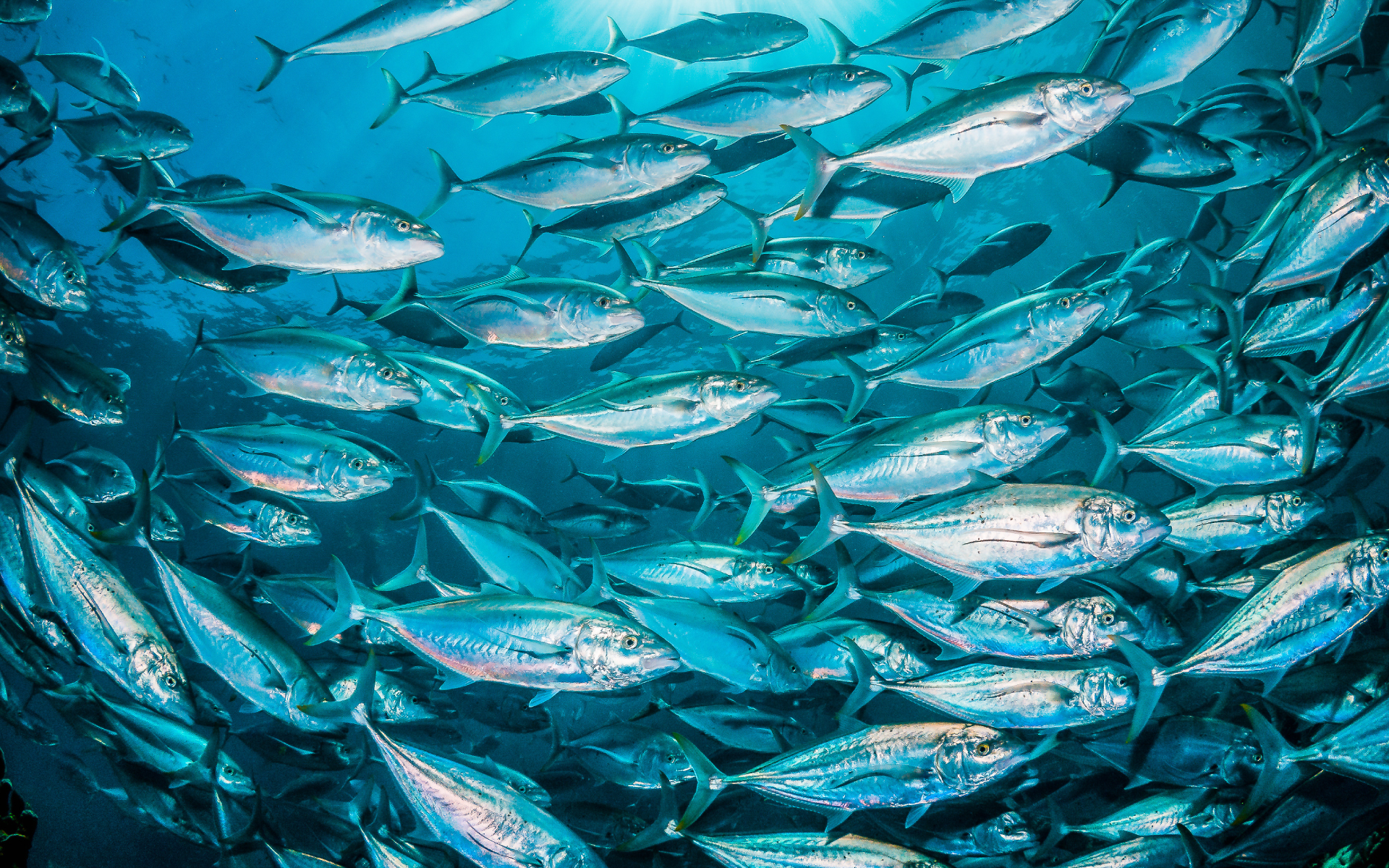Which foods contain more heavy metals? How do we support the body with elimination?
Foods & beverages:
- Seafood: Ocean pollution can lead to mercury, lead, and cadmium in seafood like tuna, swordfish, and shellfish.
- Rice: Rice — especially brown rice — absorbs more arsenic from water and soil than most other plants. Arsenic is more prevalent in whole grains like brown rice because they accumulate arsenic in their outer layers, which are not processed out.
- Cacao & chocolate: Heavy metals like cadmium can accumulate in cacao beans
- Leafy greens & root vegetables: Plants and leafy greens like cassava, spinach, brassicas (e.g. kale and Brussels sprouts), lettuce, and carrots are prone to cadmium contamination because they hyper-accumulate metals from the soil.
- Fruit juices & baby foods: Apple and grape juices, along with products made from vegetables, can contain arsenic and lead when they grow in contaminated soil or water.
Cosmetics & personal care products:
- Lipsticks: Lip colour may contain lead and even cadmium.
- Eyeliners & eyeshadows: These products may contain trace amounts of heavy metals like lead, mercury, and arsenic.
- Skin-lightening creams: While it’s more common in unregulated or counterfeit products, these may contain mercury.
Food and hygiene products are not the only source of toxic heavy metals. You need to be aware of other common sources of toxic heavy metals and avoid these sources as much as possible to reduce your risk of chronic symptoms of heavy metal exposure.
Other sources of toxic heavy metals excluding food:
- Lead paint dust, mainly in older buildings built before 1978
- Water contamination from old pipes or groundwater contamination
- Air pollution
- Industrial manufacturing and occupational exposure
- Non-organic fertiliser usage on crops
- Dental mercury amalgam fillings and unsafe removal of these fillings
- Cigarette smoke
- Unsafe coatings in cookware and food containers
- Certain medications and herbal supplements
Some foods can help you detoxify by getting rid of heavy metals from your body. These foods have the ability to bind to heavy metals in the intestines and remove them in the digestive process.
Eating foods high in vitamins and minerals can have protective effects for those exposed to heavy metals – this includes plenty of fruits and vegetables (organic where possible), seasonal and fresh.
Processed foods and saturated fats have minimal nutritional value and slow down the detox process. This is because fats tend to soak up the harmful substances you want to remove.
Some foods to limit in order to reduce heavy metal exposure include:
- Rice (brown rice specifically) because it often contains ARSENIC – or soak and rinse well.
Basmati rice from California, Pakistan, and India have much lower amounts of inorganic arsenic than other forms of rice. Amaranth, buckwheat, polenta, millet, and cauliflower rice may also be great options instead of rice. - Larger and long-living fish, tend to contain more mercury: shark, sword fish, tuna, seabass etc.
If you do eat fish, choose lower-mercury fish and seafood, including salmon, trout, sardines, mackerel, anchovies, cod, sole, shrimp, oysters, and other shellfish are also low-mercury. For non-seafood protein options, choose pasture-raised poultry, pasture-raised eggs, nuts, and seeds. - Chicken, turkey, and other poultry are often given feed that is high in arsenic-containing drugs or other heavy metals. Choosing pasture-raised organic poultry may reduce your risk of heavy metal contamination from arsenic-treated feed. If you are eating chicken or poultry, consuming the legs or heart over the chest and stomach may be safer.
- Certain plant food absorbs heavy metals more readily than others. Lettuce and onions are more likely to absorb lead more easily. In Carrots and spinach can absorb cadmium more readily. Sweet potatoes and root vegetables are also at higher risk of heavy metal contamination. Many dried herbs and spice brands may also be high in heavy metals. Buy from local organic producers. Mix up your diet. Still eat spinach, carrots (peeled), or other higher-risk foods, but don’t eat them every day. Mix it up and eat the rainbow instead.
- Beer and wine consumption may also increase your risk of heavy metal exposure due to filtration materials and production. According to a Dartmouth study, people who had 2.5 beers per day had 30% higher arsenic levels, and those who drank 5 – 6 glasses of wine per week had 20% higher arsenic levels than non-consumer. Avoiding drinking altogether is, of course, the best option and not encouraged on the programme. Drinking spirits (in moderation only) over beer or wine may be safer in terms of heavy metals. They also tend to be lower in histamine which can encourage oestrogen build up in susceptible females.
Here are a few key ingredients to add to your shopping list that might help to counteract the effects of toxic heavy metals:
- Sulphur rich foods: Cauliflower, broccoli, Brussels sprouts, garlic, and onion are examples of sulfur containing foods which can help in the process of detoxification.
- Foods high in vitamin C: Oranges, strawberries, kale, and red peppers (if no joint issues) can help to reduce the toxic effects of heavy metals thanks to their high vitamin C content.
- Pectin rich fruits and vegetables: Pectin is a soluble fiber found in pears, green apples, citrus fruits, cabbage, beets, and carrots. Pectin has been found to increase heavy metal excretion.
- Foods containing amino acids: Amino acids are considered natural chelating agents and can be found in corn, spinach, carrots, turnips, and pomegranates.
If you aren’t getting the recommended daily intake of vitamins, consider taking supplements.
Vitamin B, B-6, and C deficiencies are can lead to poor tolerance of heavy metals and easier toxicity.
